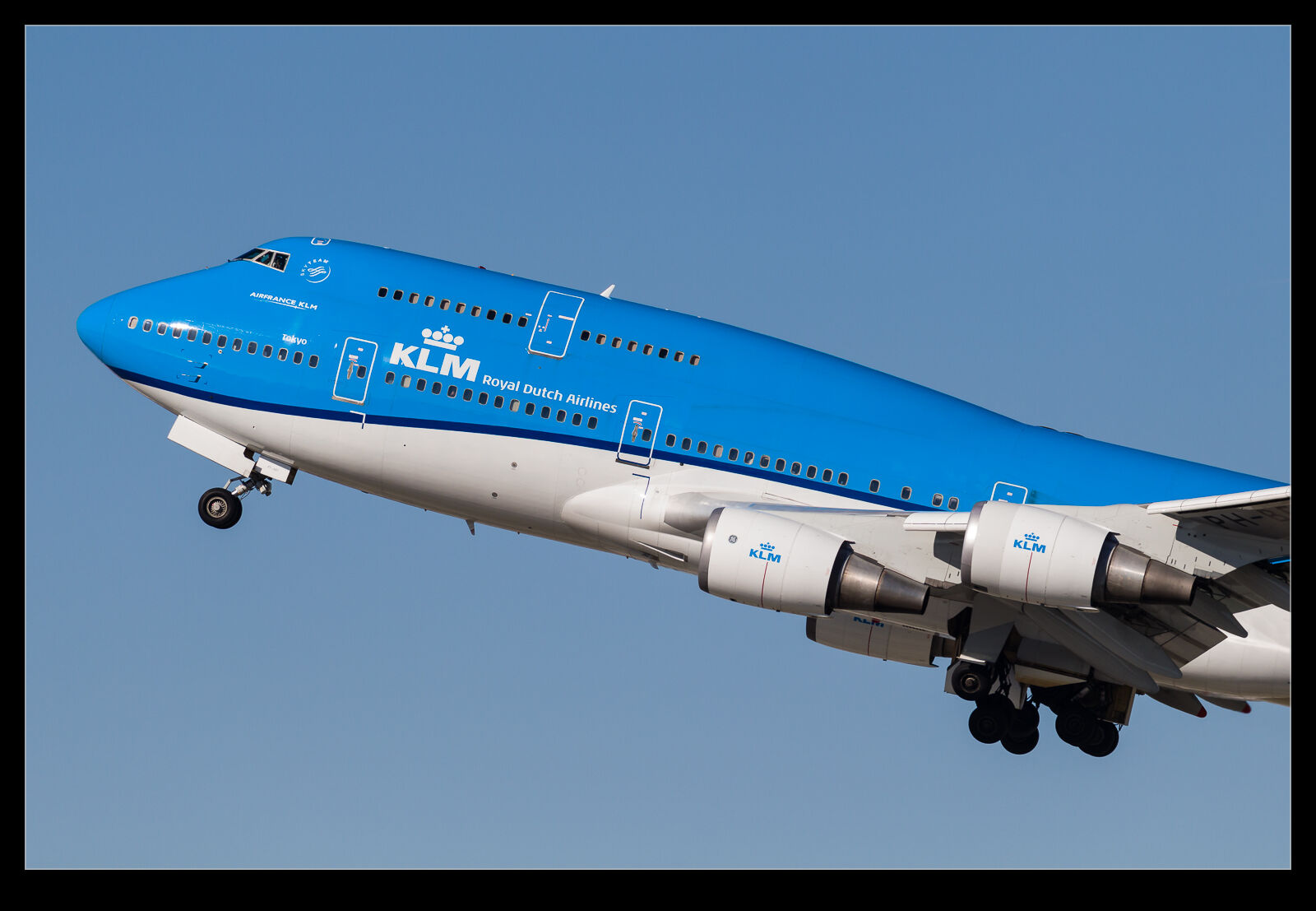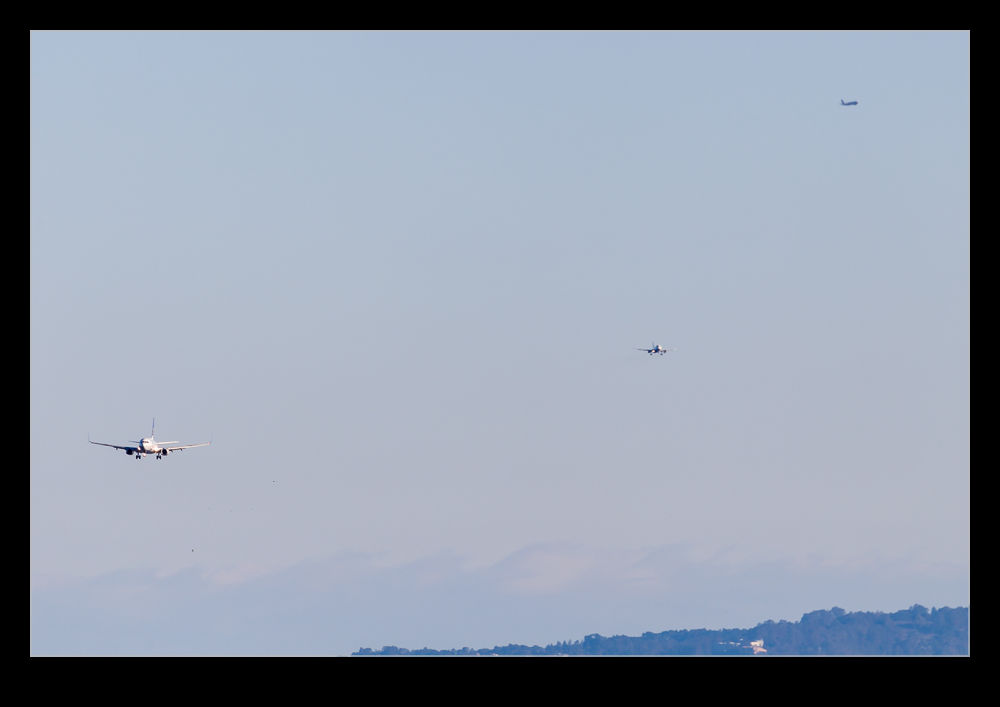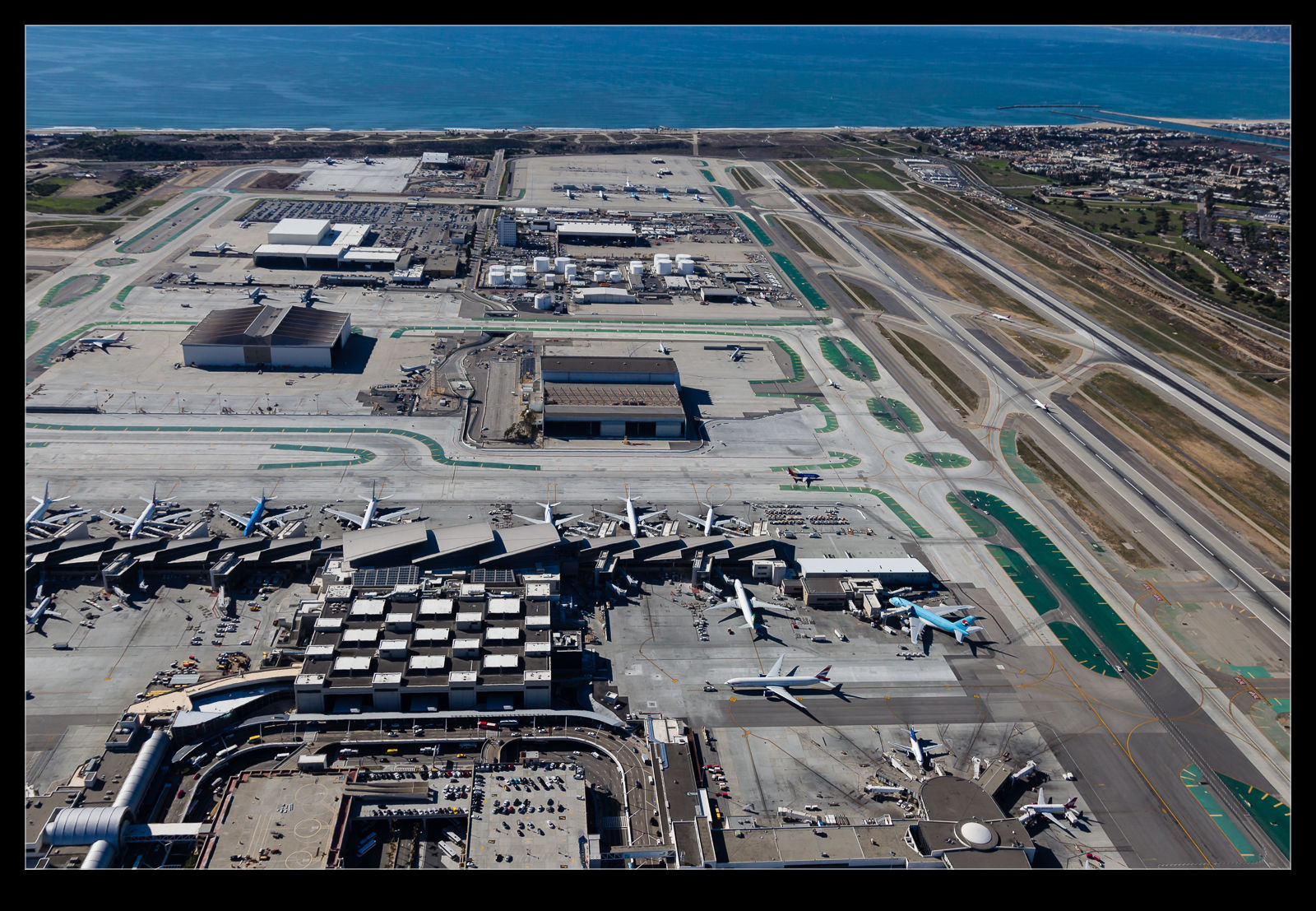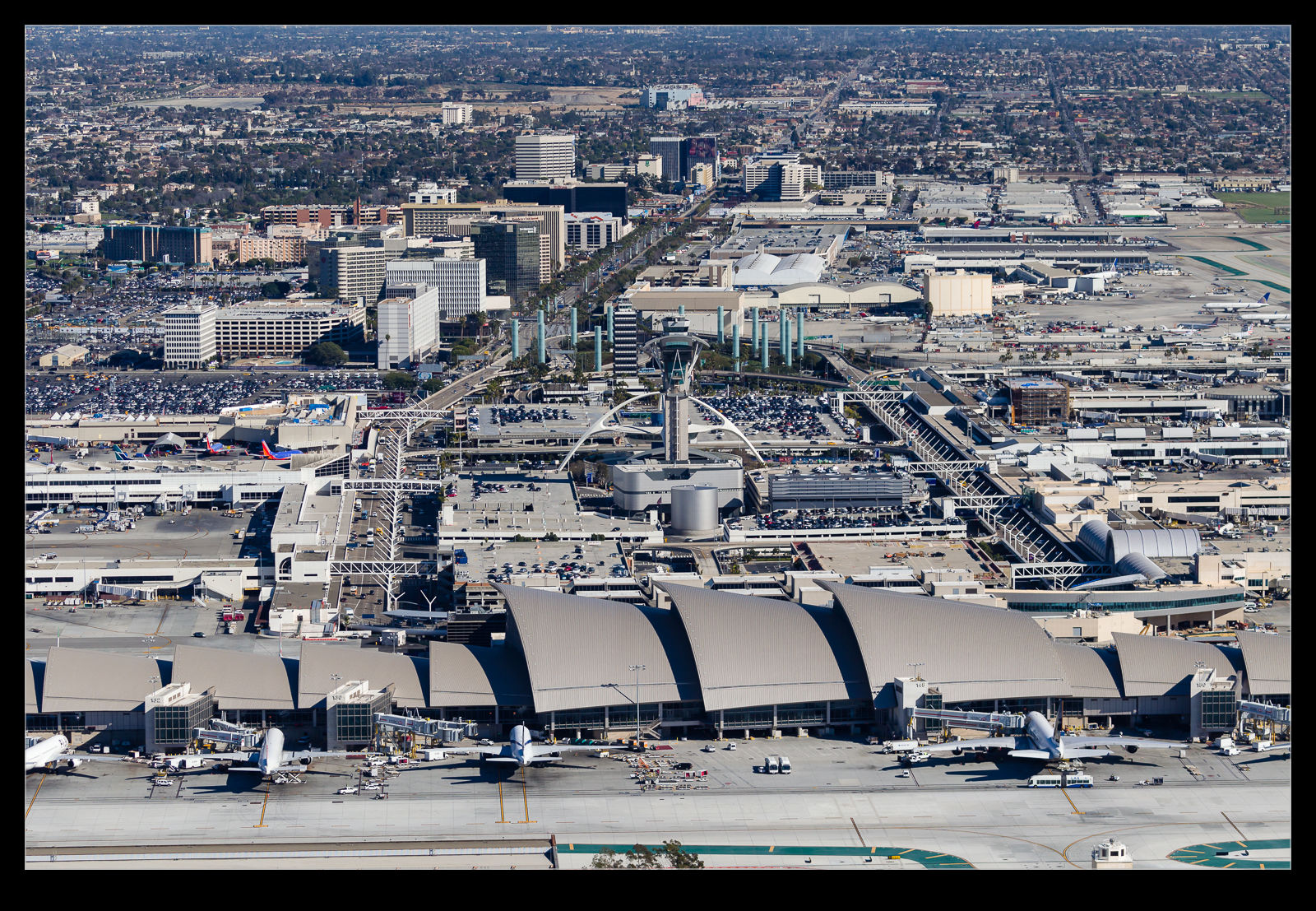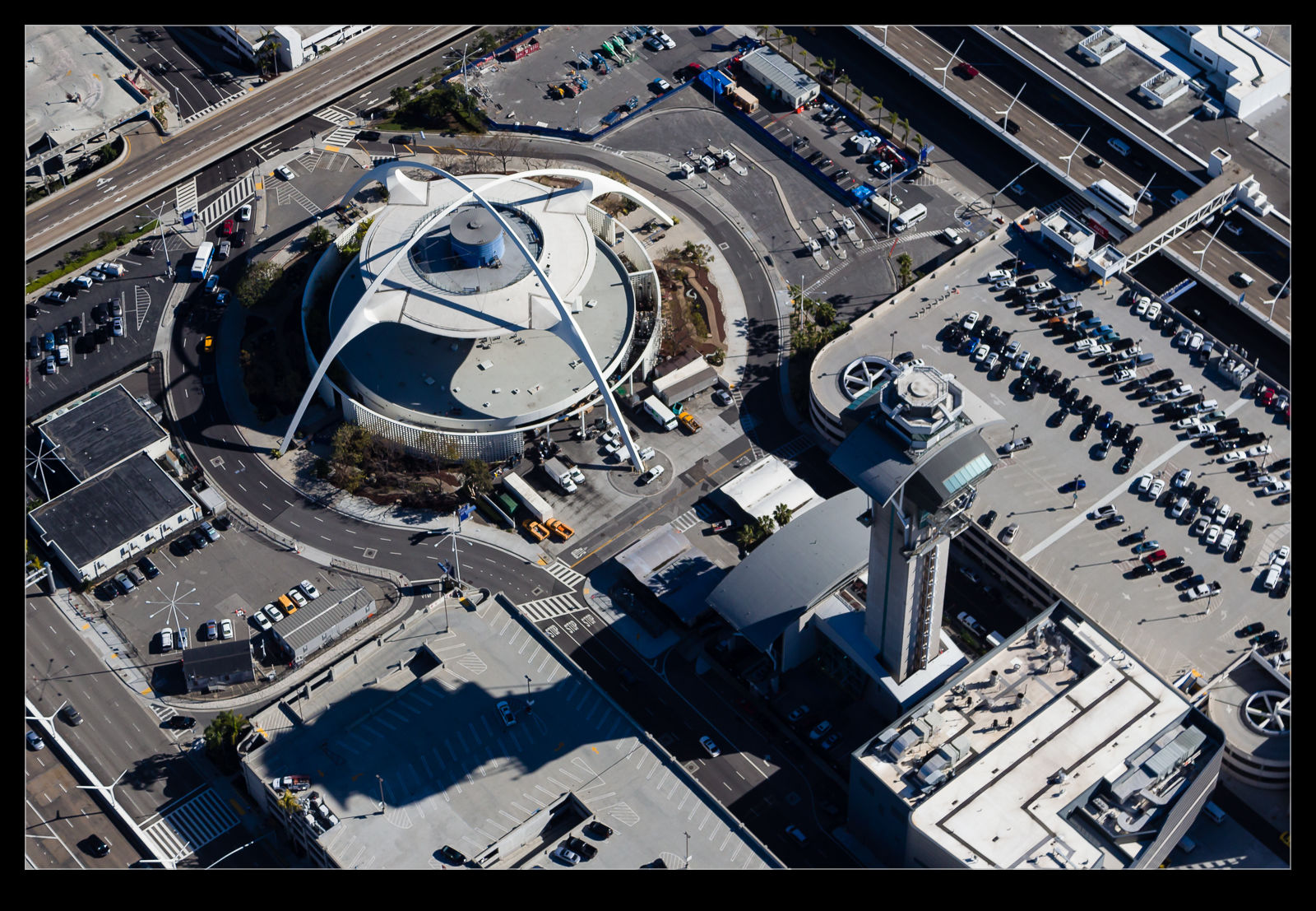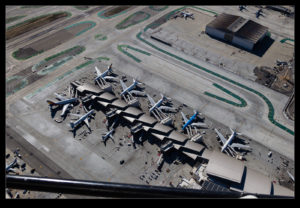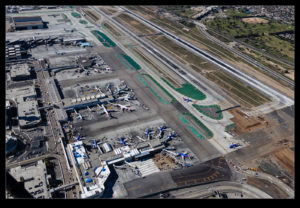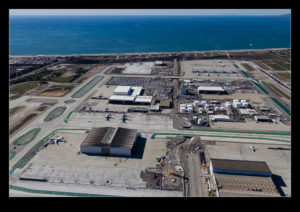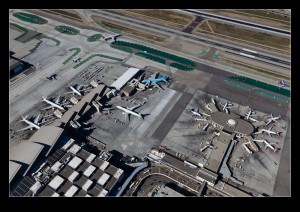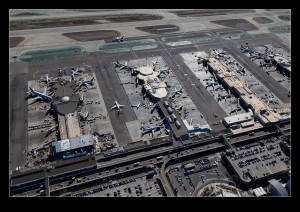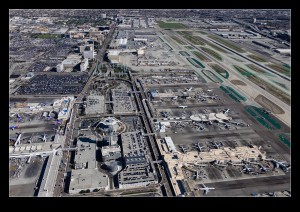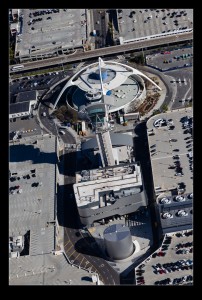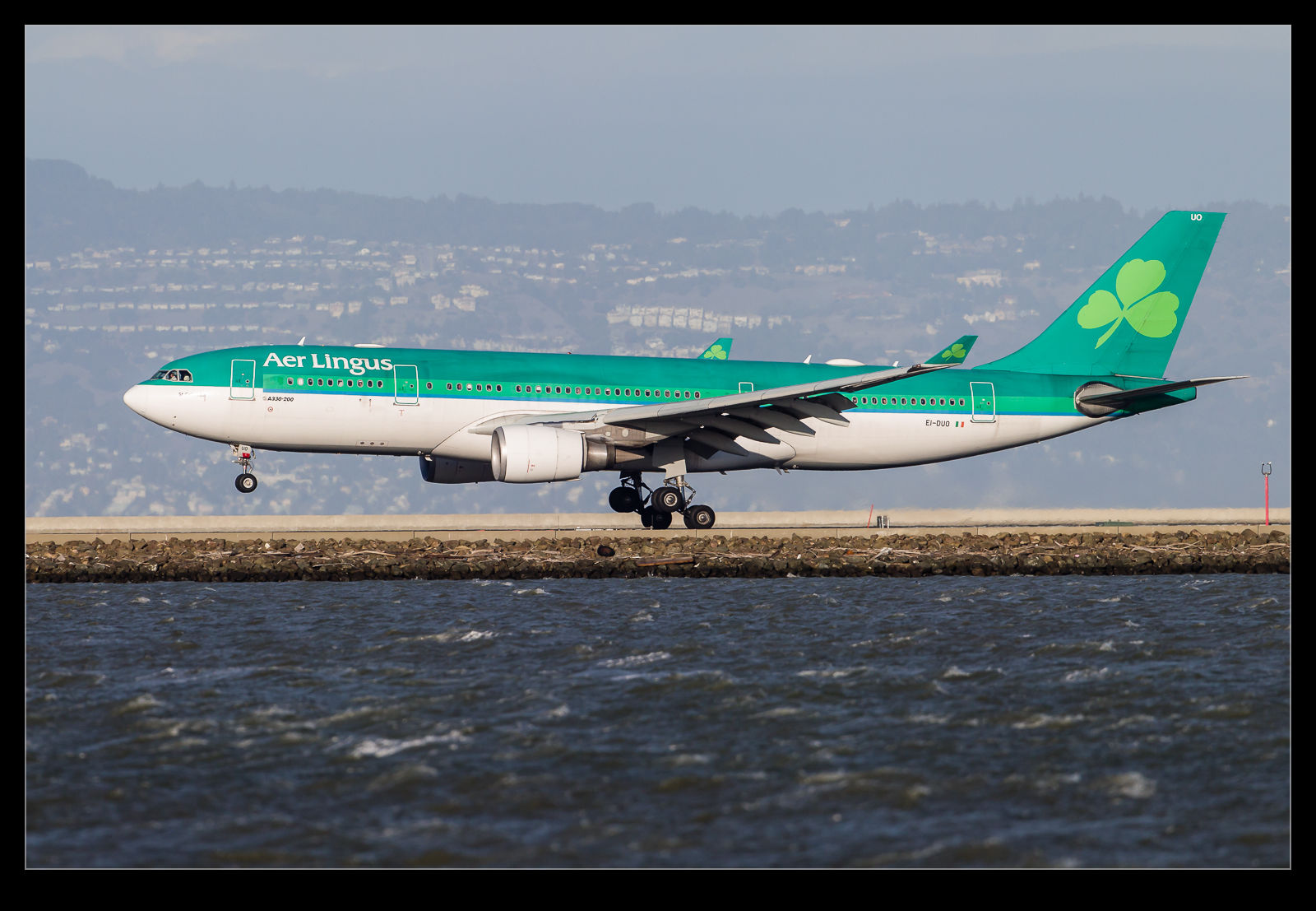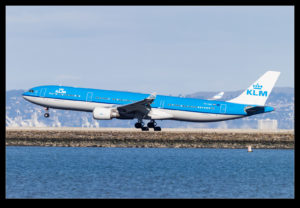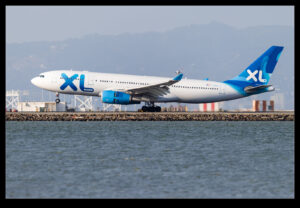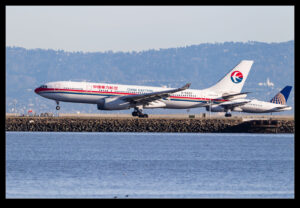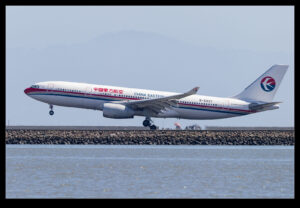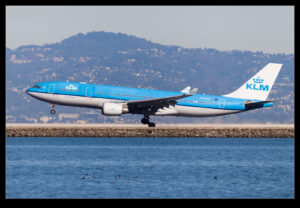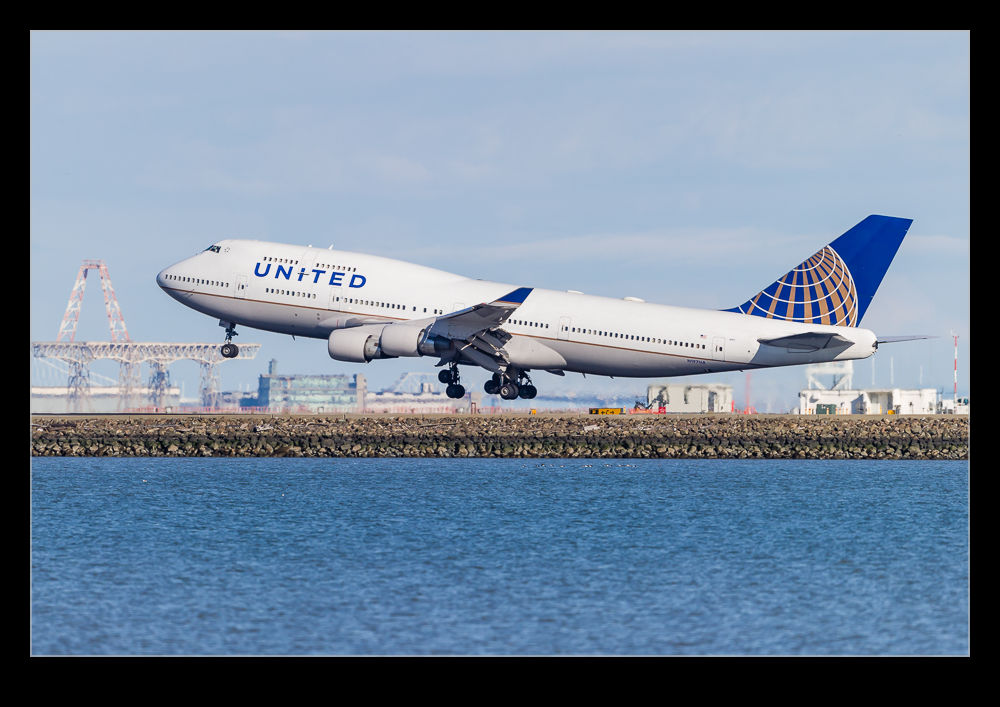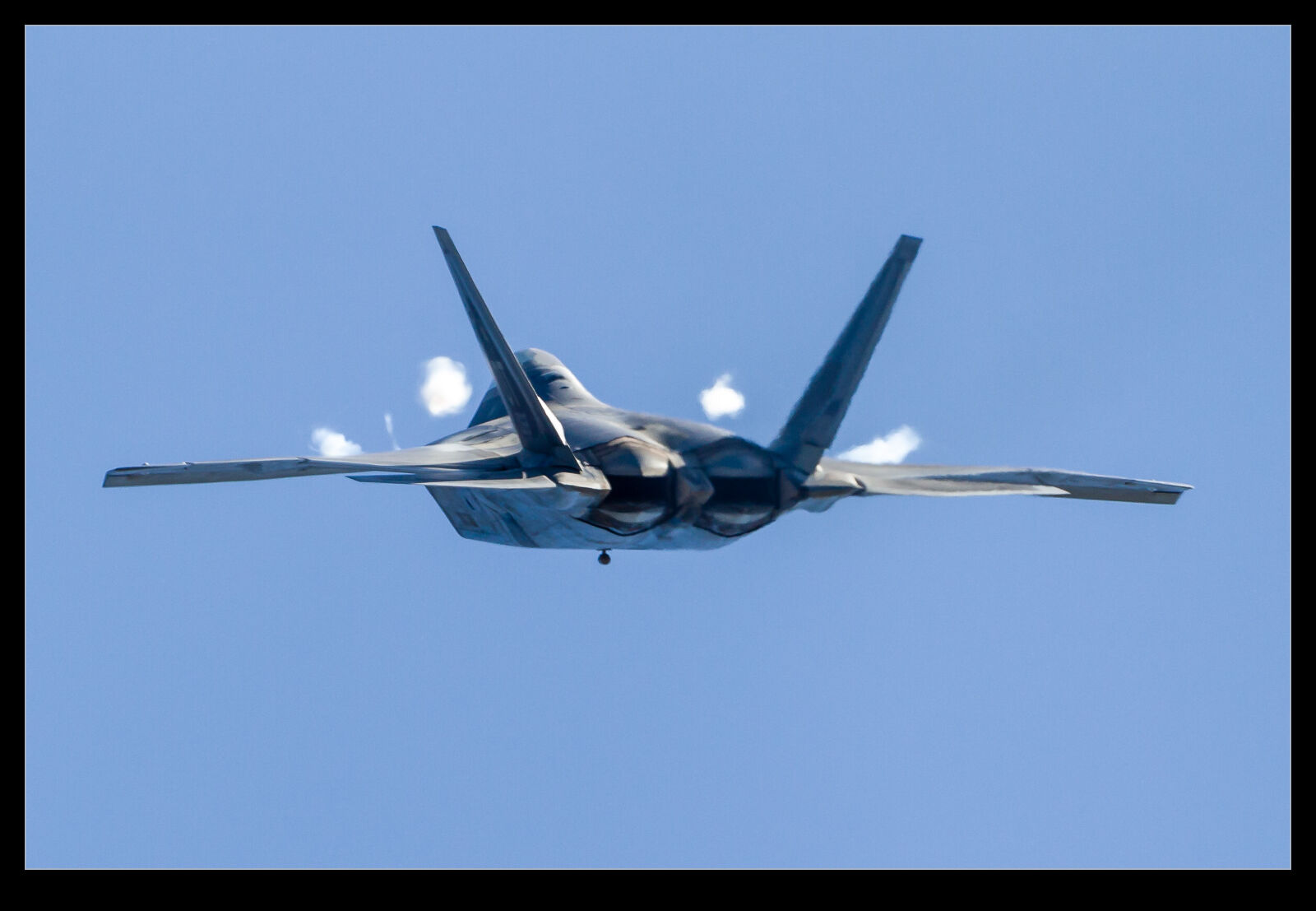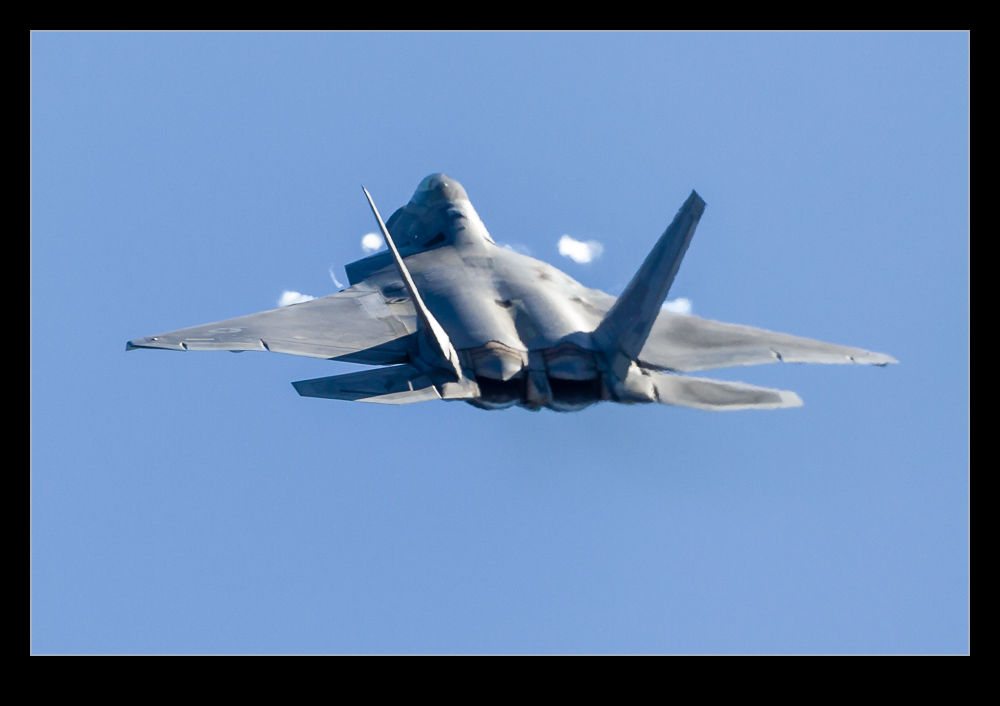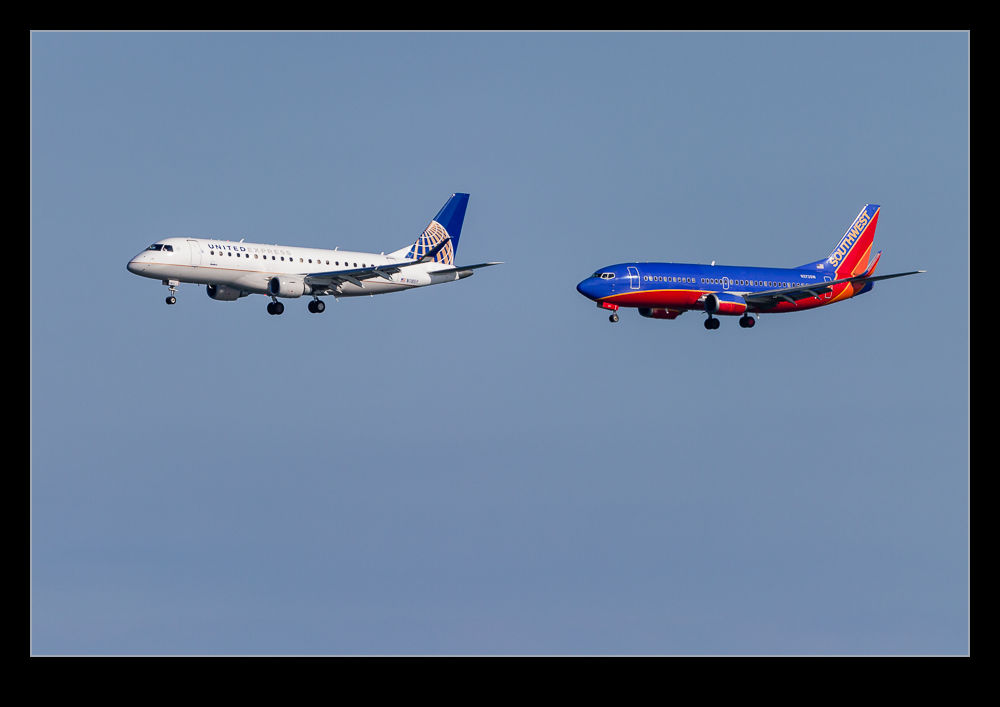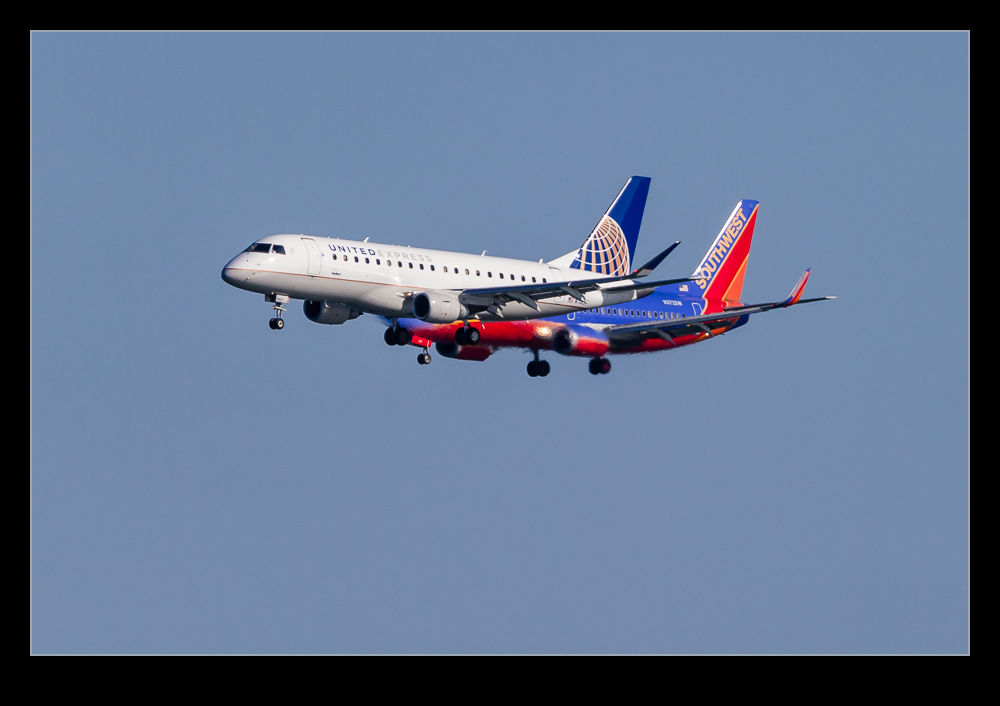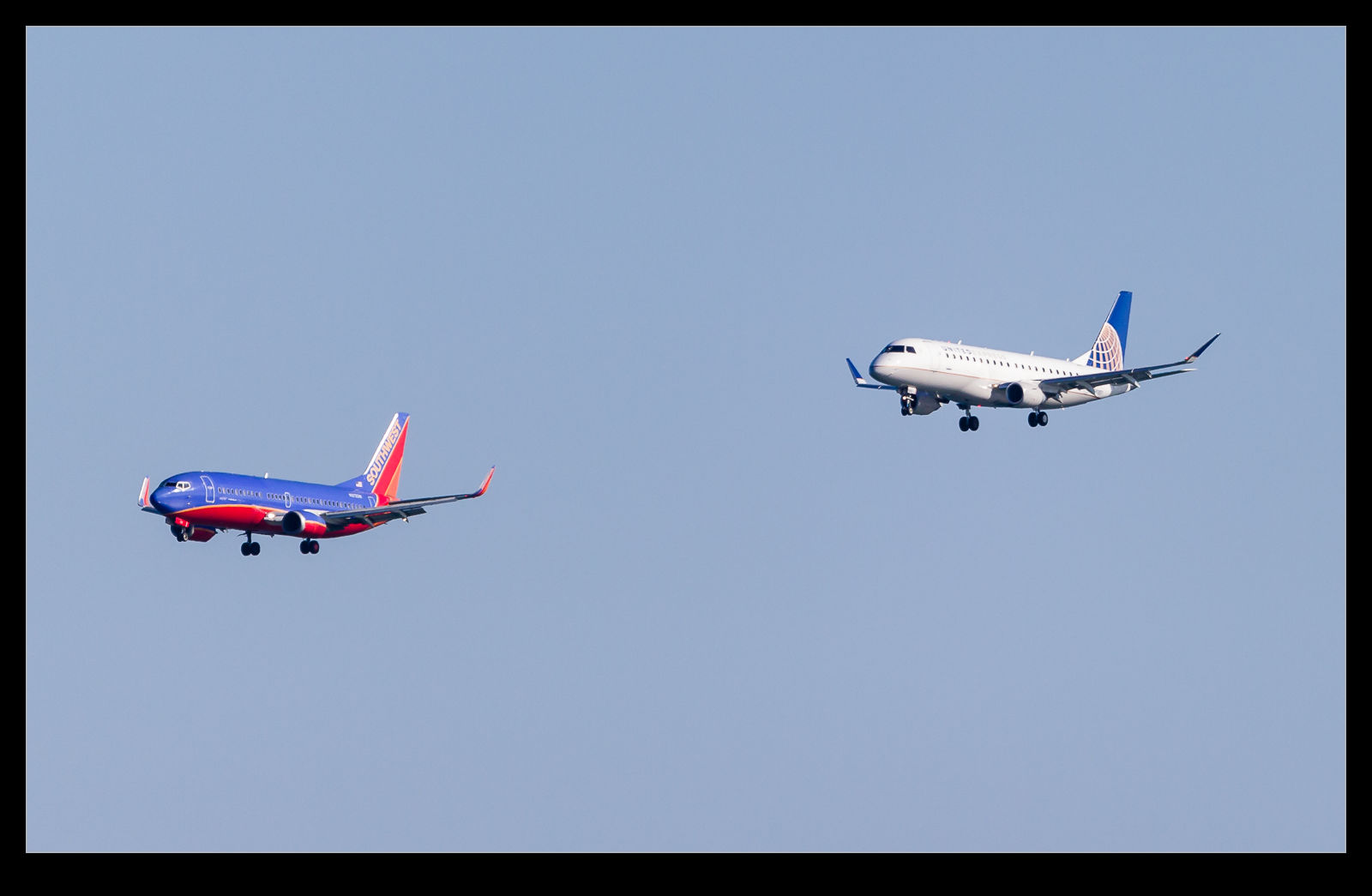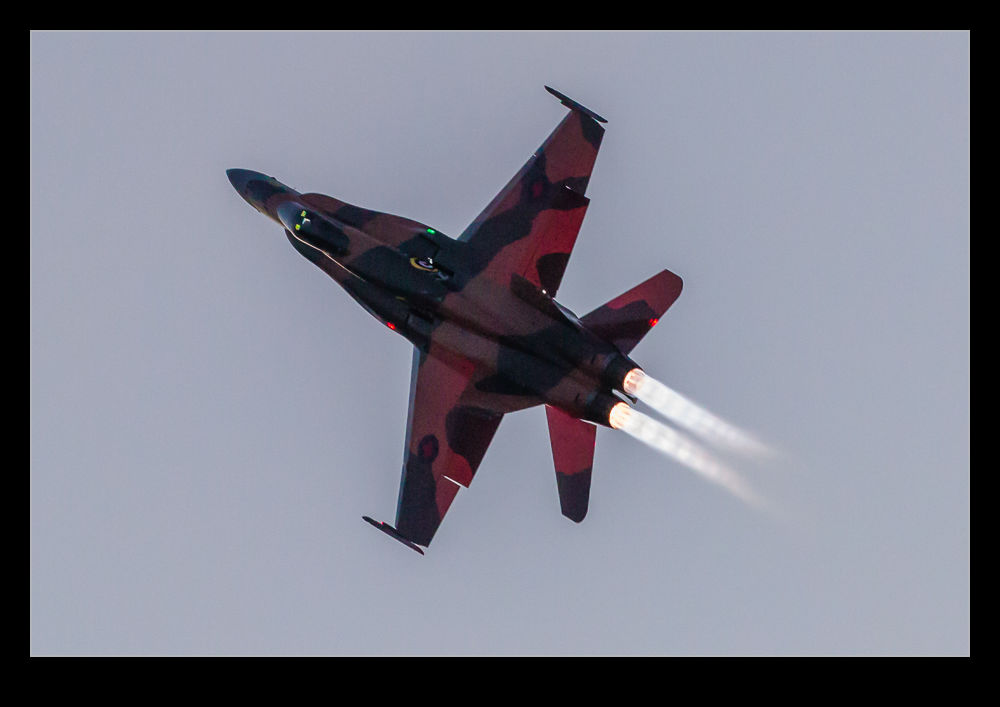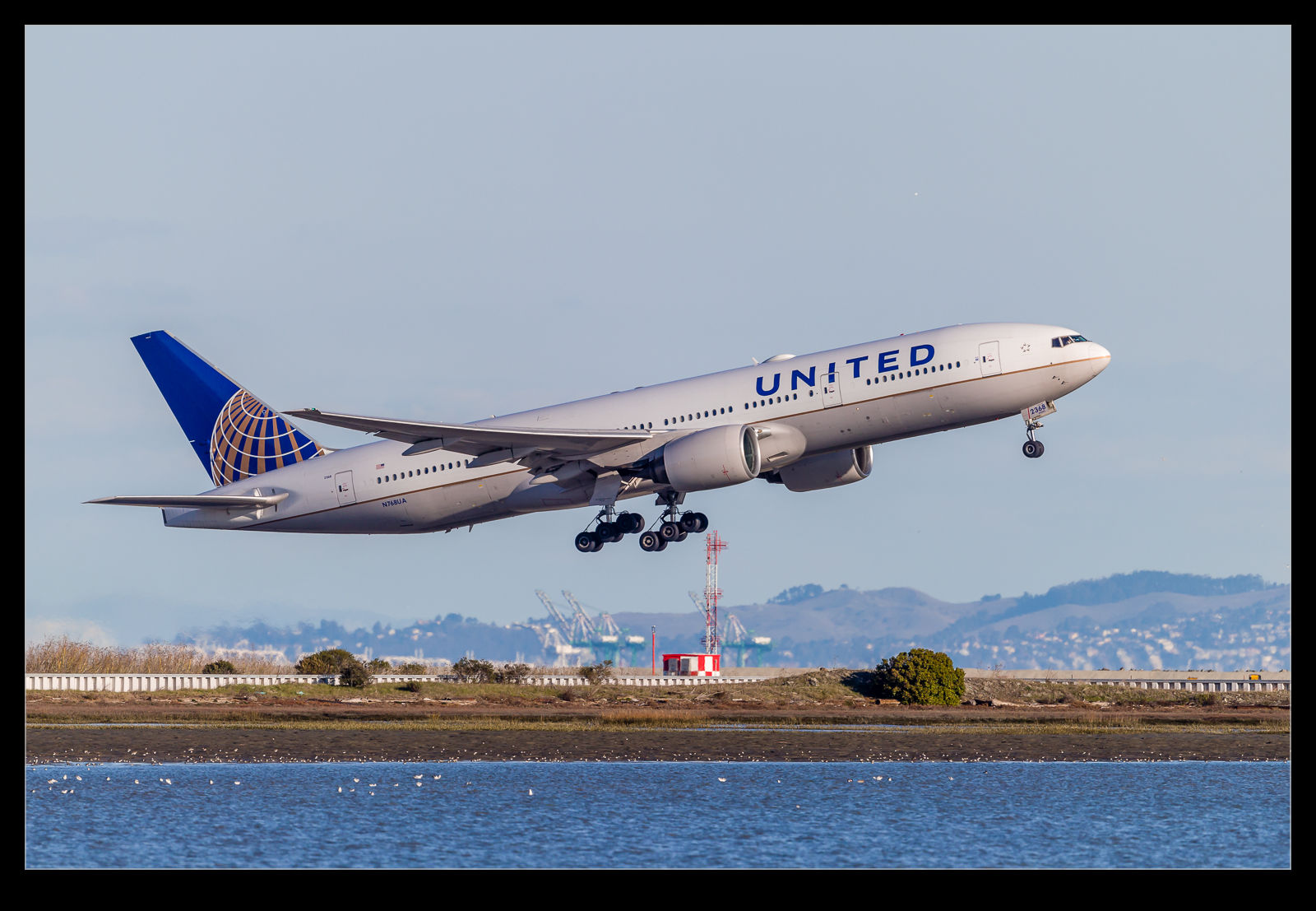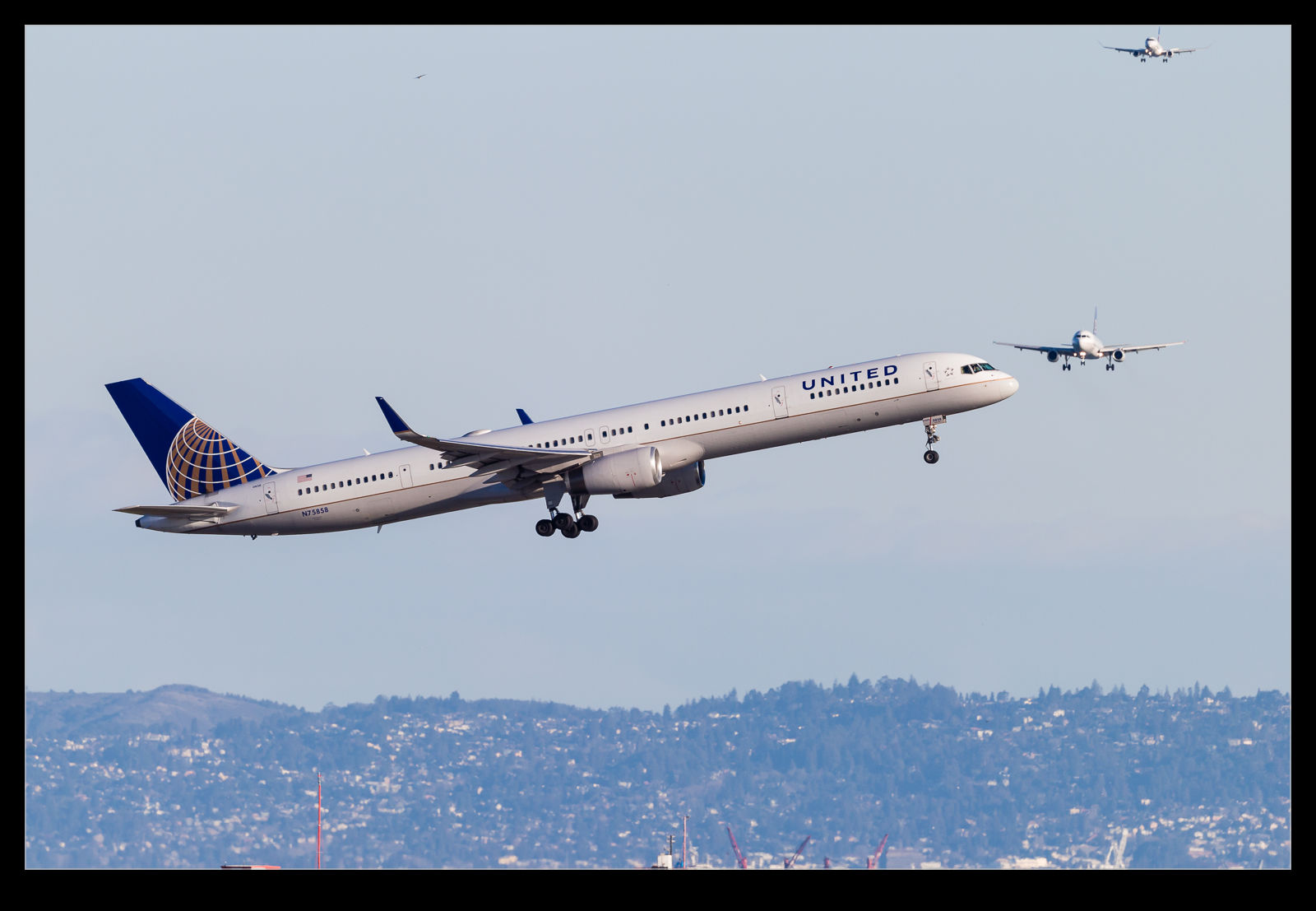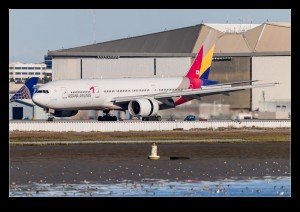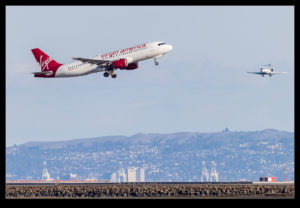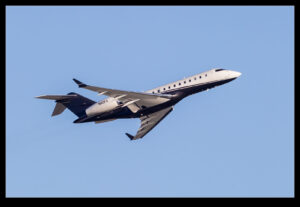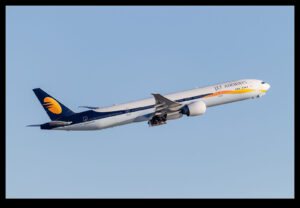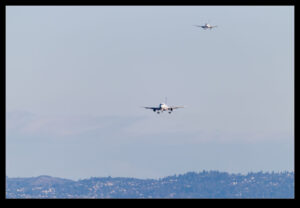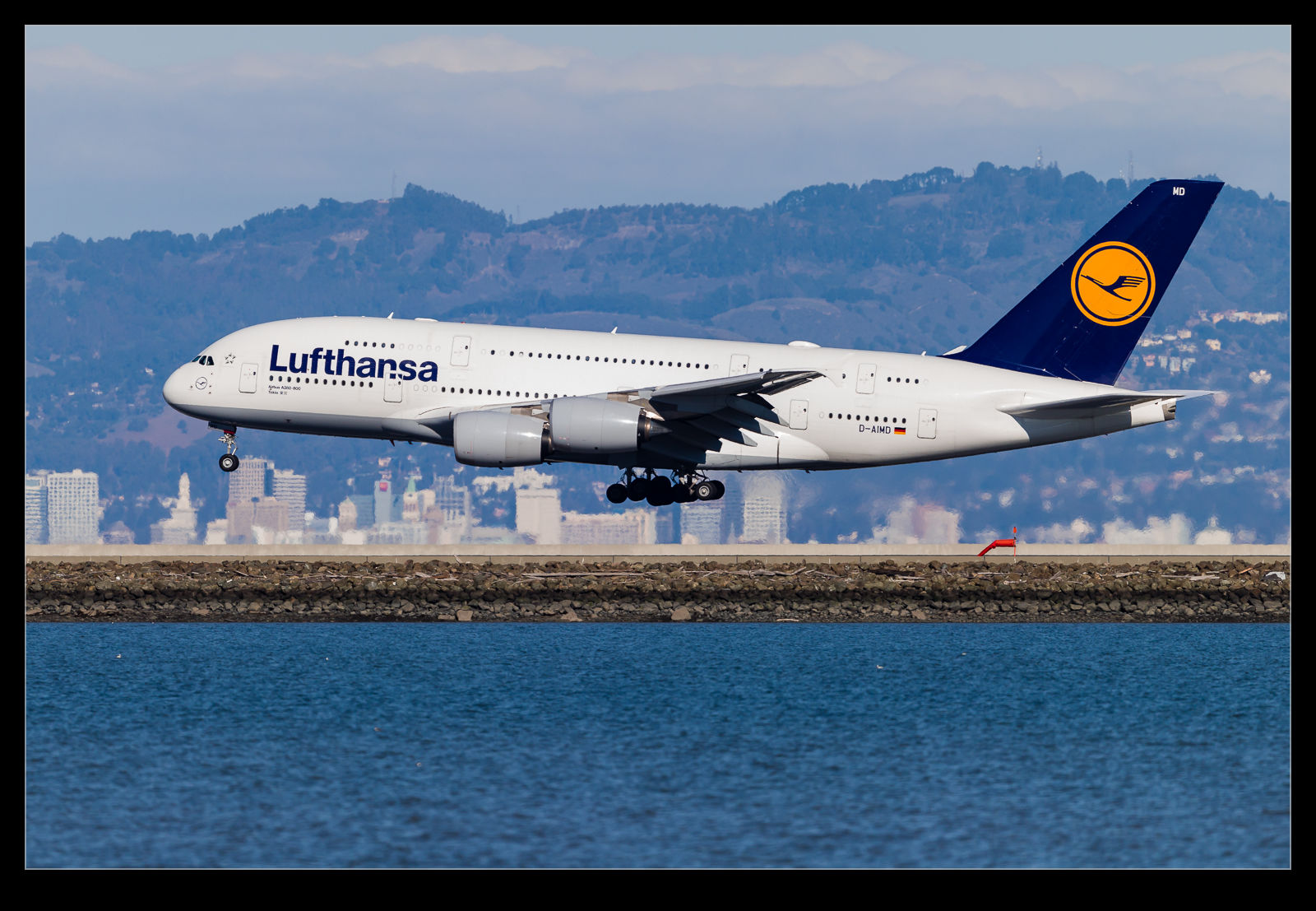 What is one of the basic lessons of photography? Walk around a bit and see the different angles available to you before taking the shot. Given how often I have thought about this idea, I am quite annoyed at myself about the lesson I learned with my friend, Roger, recently. We met up by SFO for a relaxing morning of shooting. If you have followed the blog, you will know the various different places I have tried in the past when shooting at SFO to try and get a different perspective. Given all of these different locations, I have missed an opportunity that should have been obvious.
What is one of the basic lessons of photography? Walk around a bit and see the different angles available to you before taking the shot. Given how often I have thought about this idea, I am quite annoyed at myself about the lesson I learned with my friend, Roger, recently. We met up by SFO for a relaxing morning of shooting. If you have followed the blog, you will know the various different places I have tried in the past when shooting at SFO to try and get a different perspective. Given all of these different locations, I have missed an opportunity that should have been obvious.
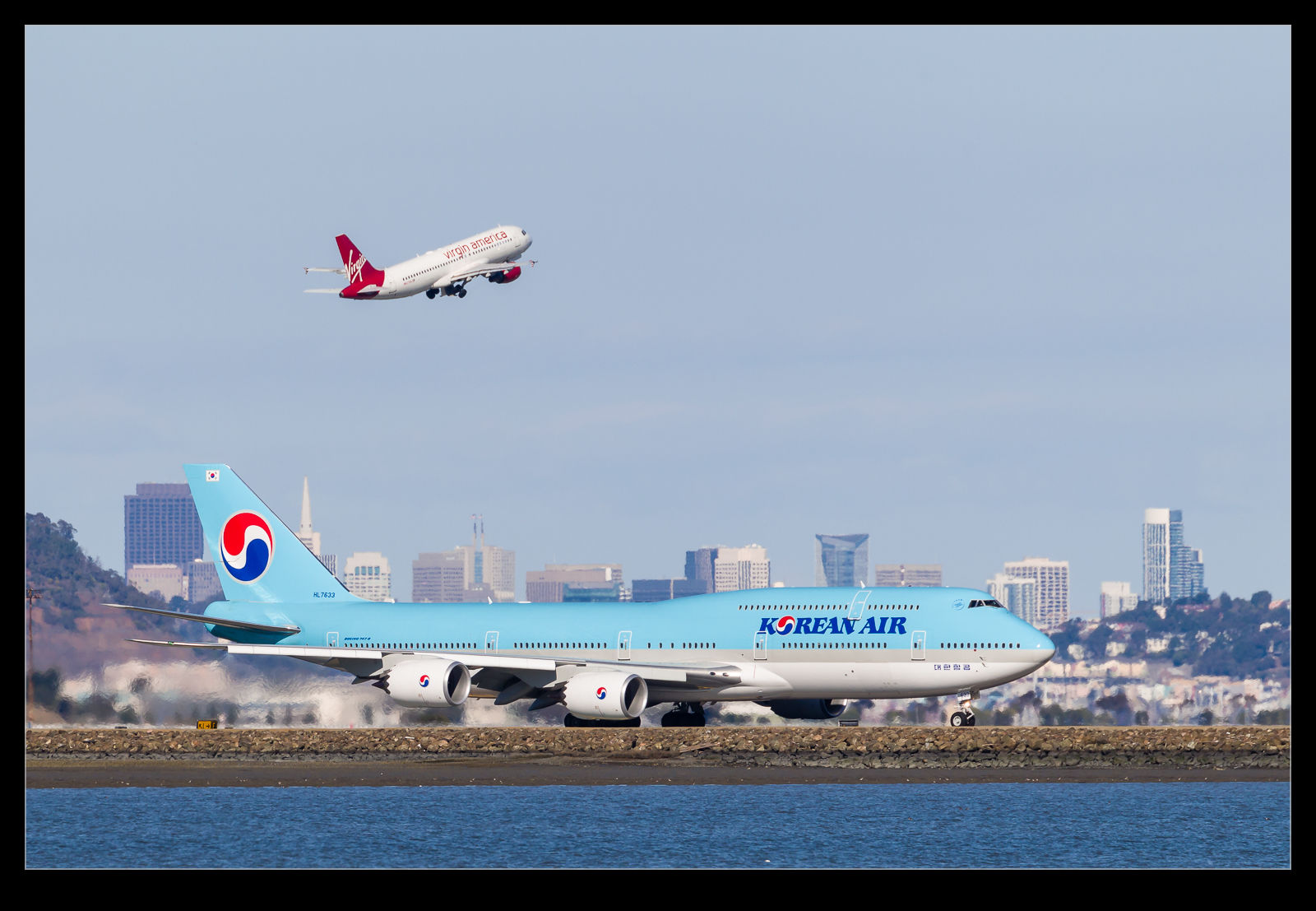 The bayshore trail near the Marriott hotel has been a regular spot for me over the years. When you look at the map, it is a place that brings you as close as you can get to the runways. Moving along the bay gradually takes you further away and, consequently, I had not given much thought to heading that way. Roger wanted to shoot along there (he has been shooting at SFO for years so his experience should not be overlooked) so I joined him. Turns out I have been overlooking a great location.
The bayshore trail near the Marriott hotel has been a regular spot for me over the years. When you look at the map, it is a place that brings you as close as you can get to the runways. Moving along the bay gradually takes you further away and, consequently, I had not given much thought to heading that way. Roger wanted to shoot along there (he has been shooting at SFO for years so his experience should not be overlooked) so I joined him. Turns out I have been overlooking a great location.
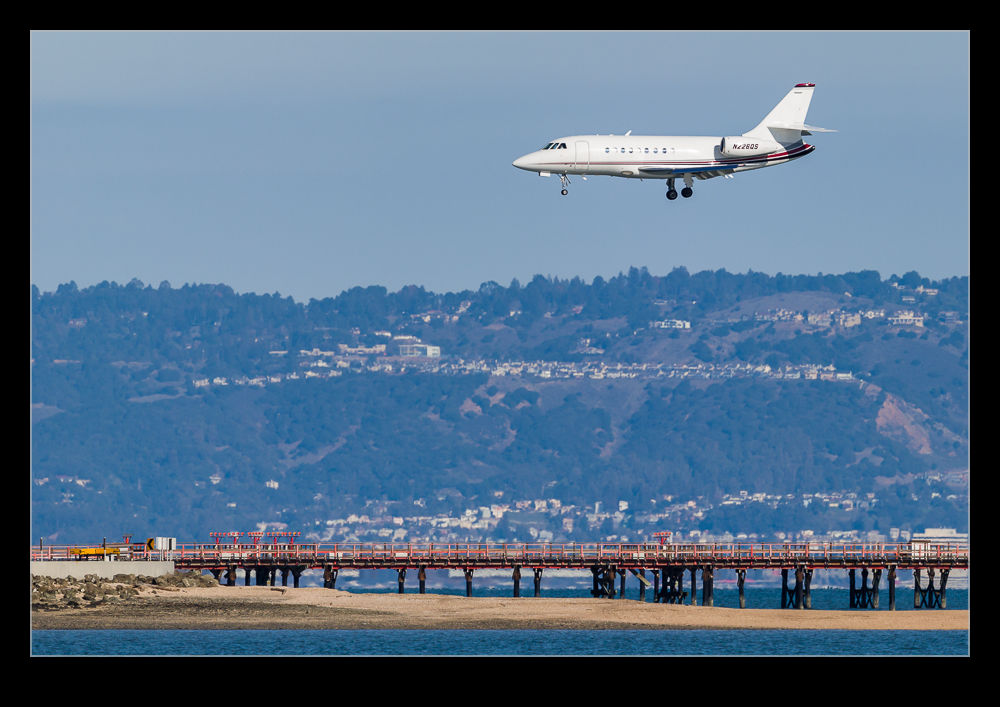 It is true that you are slightly further away from the runways. However, you are up near the threshold so have a different perspective on the approaches. Also, anything taxiing out comes past a backdrop of downtown San Francisco. You are further away from the cross runway departures but, with clear weather and less heat haze, the airborne jets are in front of the skyline. It makes for quite a nice shot and brings to mind the photos from Las Vegas that have the skyline in the background.
It is true that you are slightly further away from the runways. However, you are up near the threshold so have a different perspective on the approaches. Also, anything taxiing out comes past a backdrop of downtown San Francisco. You are further away from the cross runway departures but, with clear weather and less heat haze, the airborne jets are in front of the skyline. It makes for quite a nice shot and brings to mind the photos from Las Vegas that have the skyline in the background.
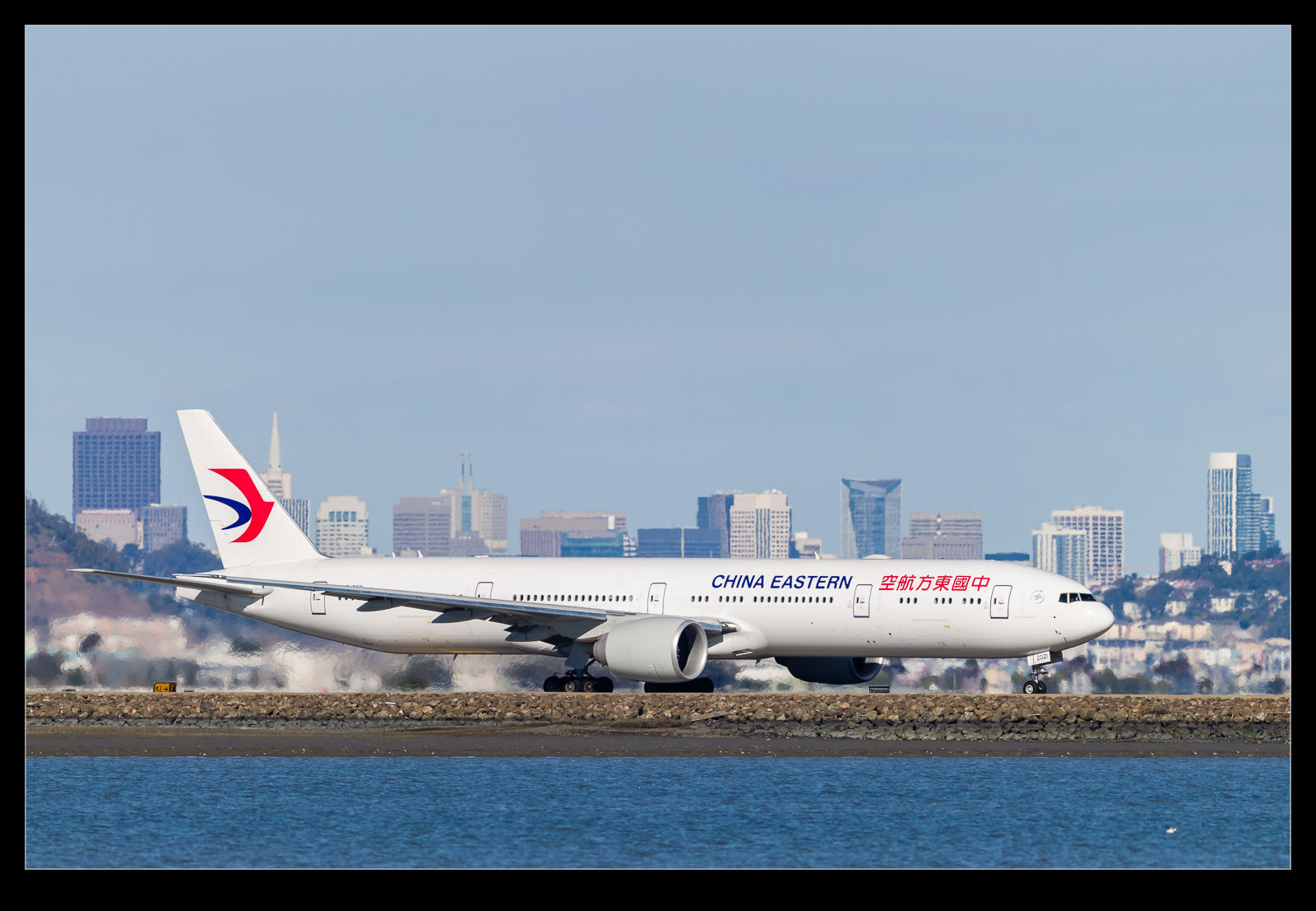 Another benefit comes as the tide goes out. The mudflats at low tide can be problematic from a heat haze point of view. Further along the shore, the water doesn’t retreat too far so you have more water and less distortion. I imagine summer will still be a problem but for winter shooting it works well. A different angle, a nice background, less haze and still not to far away. This is a good option. Also, you can park close by without trouble which is certainly not always possible at the bayshore given how popular a place it is. I am late to the game but glad to have learned my lesson.
Another benefit comes as the tide goes out. The mudflats at low tide can be problematic from a heat haze point of view. Further along the shore, the water doesn’t retreat too far so you have more water and less distortion. I imagine summer will still be a problem but for winter shooting it works well. A different angle, a nice background, less haze and still not to far away. This is a good option. Also, you can park close by without trouble which is certainly not always possible at the bayshore given how popular a place it is. I am late to the game but glad to have learned my lesson.
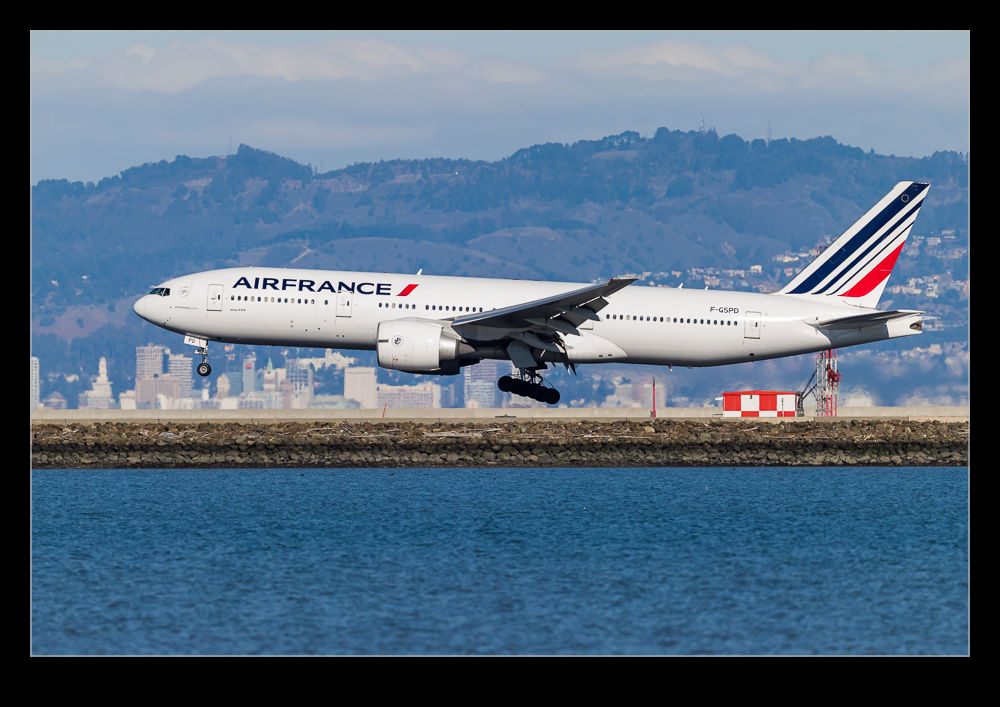
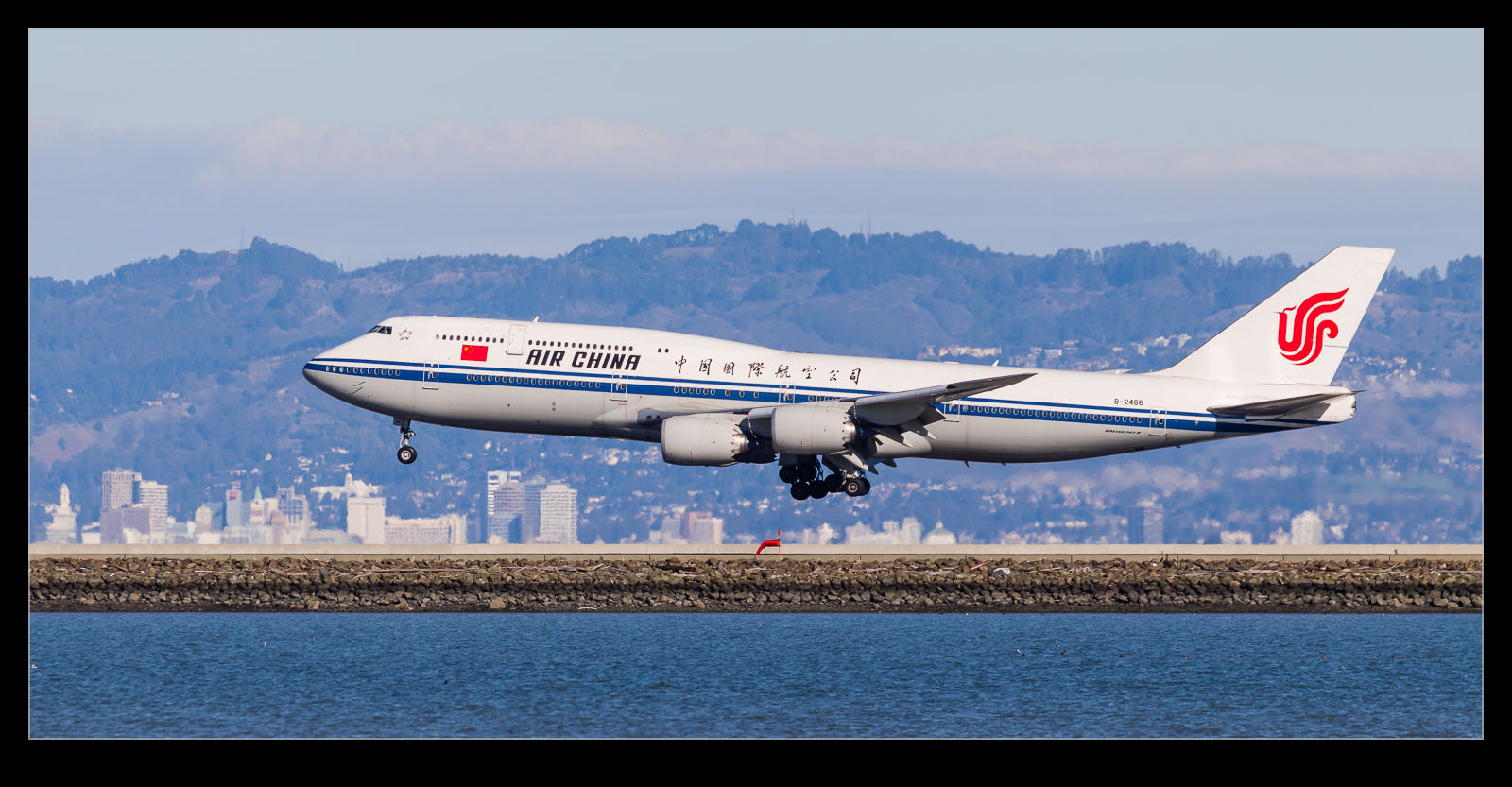
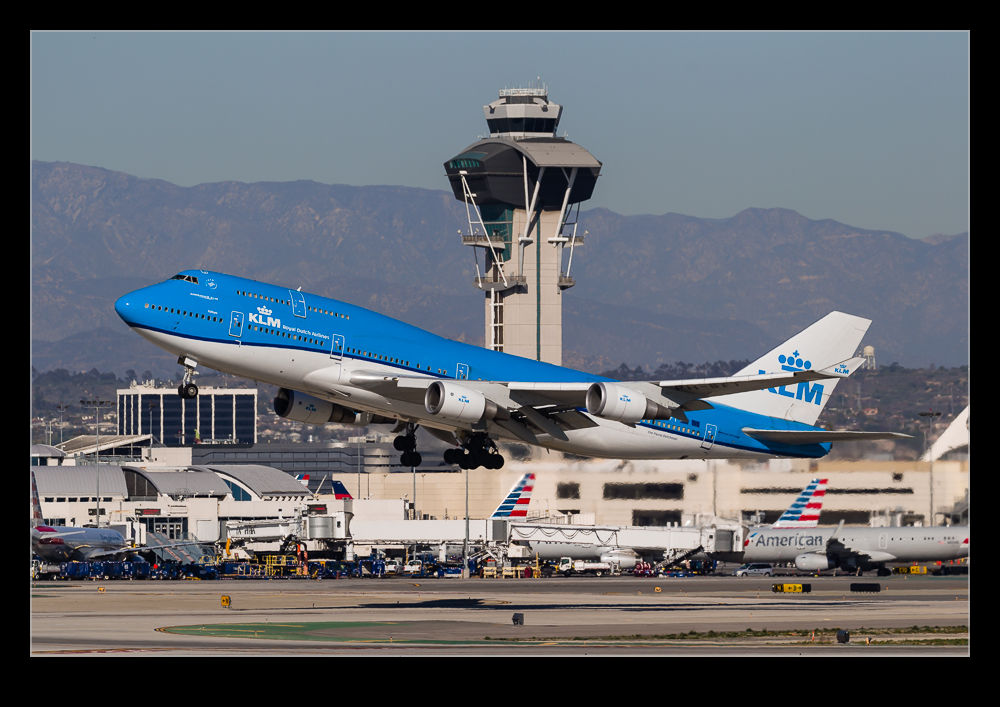 KLM are one of the few airlines that are not soon to be rid of their 747s. They have demonstrated this by starting to repaint them in a new color scheme. When I was at LAX, one of the newly painted jets was due to come in. Annoyingly, rather than follow the normal approach path to the 24 complex, he came straight over the field and went in on the 25 complex. I saw it come overhead and could see it in the distance as it landed over on the other side of the airport.
KLM are one of the few airlines that are not soon to be rid of their 747s. They have demonstrated this by starting to repaint them in a new color scheme. When I was at LAX, one of the newly painted jets was due to come in. Annoyingly, rather than follow the normal approach path to the 24 complex, he came straight over the field and went in on the 25 complex. I saw it come overhead and could see it in the distance as it landed over on the other side of the airport.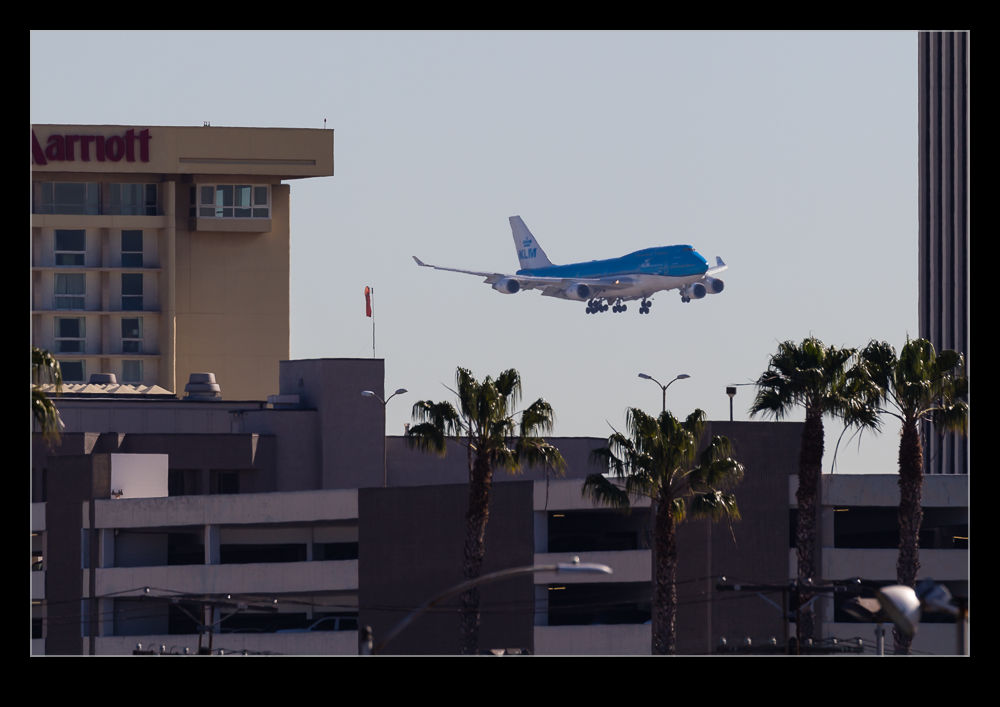 Fortunately, later in the day I was on the south side up on Imperial Hill awaiting a message from my buddy that he was ready to roll. I had not thought further about the KLM jet but, since it had come in earlier, that meant it was going to go out again. It took off in front of me – catching me a little by surprise. I was able to get a shot of it in good light so all was not lost.
Fortunately, later in the day I was on the south side up on Imperial Hill awaiting a message from my buddy that he was ready to roll. I had not thought further about the KLM jet but, since it had come in earlier, that meant it was going to go out again. It took off in front of me – catching me a little by surprise. I was able to get a shot of it in good light so all was not lost.